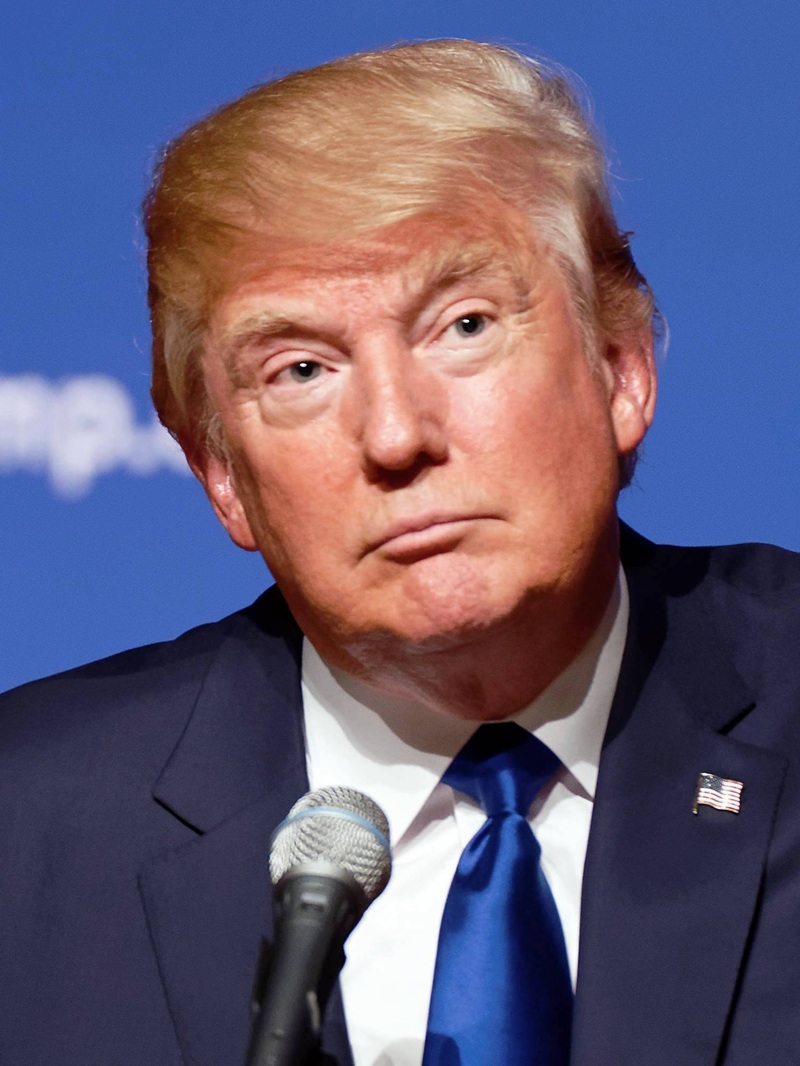International business expansion guidance and advice

Trade Horizons’ Market Entry Blog
Our market entry blog covers a range of topics relating to international business expansion. Articles tackle many different subjects, including the initial planning and preparation stages of growing your business, advances in technology you can take advantage of, through to sales & marketing, packaging and branding advice. Written by leading experts in their field, you’ll be sure to find something of interest and real-world practical advice if you are looking to grow your business around the world.
Latest Articles
Trade Update August #2: Uzbekistan, Poland, Glasgow, East Anglia, Australia
Since Donald Trump’s return to the presidency in January 2025, the United States has seen a remarkable boom in foreign direct investment, signaling a renewed global confidence in America's economic trajectory. International investors have announced a total of 1,049 new projects, marking an 8.6% increase compared to the equivalent period under President Joe Biden’s leadership.
Trade Update August #1: US FDI, Google India, Hollywood Glasgow, UK FDI
Since Donald Trump’s return to the presidency in January 2025, the United States has seen a remarkable boom in foreign direct investment, signaling a renewed global confidence in America's economic trajectory. International investors have announced a total of 1,049 new projects, marking an 8.6% increase compared to the equivalent period under President Joe Biden’s leadership.
Trade Update July #4: EU US trade deal, US investment, Agribusiness to Mexico, OpenAI
The United States and the European Union have finalised a trade framework that imposes a 15% tariff on most European exports to America, averting a potentially destabilising trade war between two of the world’s largest economies. The deal was brokered during a high-stakes meeting between U.S. President Donald Trump and European Commission President Ursula von der Leyen at Trump’s Turnberry golf resort in Scotland. The agreement comes just days before the U.S. was set to implement a much steeper 30% tariff on EU goods.
Trade Update July #3: Panasonic, DP World, Ireland, Turkey Georgia
De Soto, Kansas – July 14, 2025 — Panasonic Energy Co., Ltd., a core company of the Panasonic Group, has officially launched mass production at its new state-of-the-art electric vehicle (EV) battery facility in De Soto, Kansas. This milestone marks a significant expansion of Panasonic’s U.S. manufacturing footprint and a major step forward in the global transition to sustainable transportation. The De Soto factory, located just outside Kansas City, is now one of the largest automotive battery plants in North America. Built on a sprawling 300-acre site—equivalent to more than 225 American football fields—the facility is designed to produce Panasonic’s advanced 2170 cylindrical lithium-ion batteries, with a planned annual production capacity of approximately 32 gigawatt-hours (GWh).
Trade Update July #2: Maersk, Wrisk, Groq, MeetEngland
Global logistics giant A.P. Moller – Maersk has officially launched a state-of-the-art packing and cold chain logistics hub in Olmos, Peru, marking a significant expansion of its operations in Latin America. Strategically located in the Lambayeque region—one of Peru’s most dynamic agricultural zones—the new facility is poised to transform the country’s agro-export landscape.
Trade Update July #1: Dynisma, Jabil, London, Mercosur FTA, Ireland
Bristol-based Dynisma, a cutting-edge racing simulator company trusted by Formula 1 giants Ferrari and McLaren, has landed a €10.7 million export contract, marking a major milestone in its global expansion. Founded in 2017 by former F1 driving simulation engineer Ash Warne, Dynisma has rapidly become a leader in high-fidelity motion simulation technology. The company’s simulators are renowned for their ultra-low latency and high bandwidth, offering an unmatched level of realism for motorsport teams and automotive manufacturers alike.






